Cultivating Resilience
Embracing Climate-Smart Agriculture to Counter Climate Change
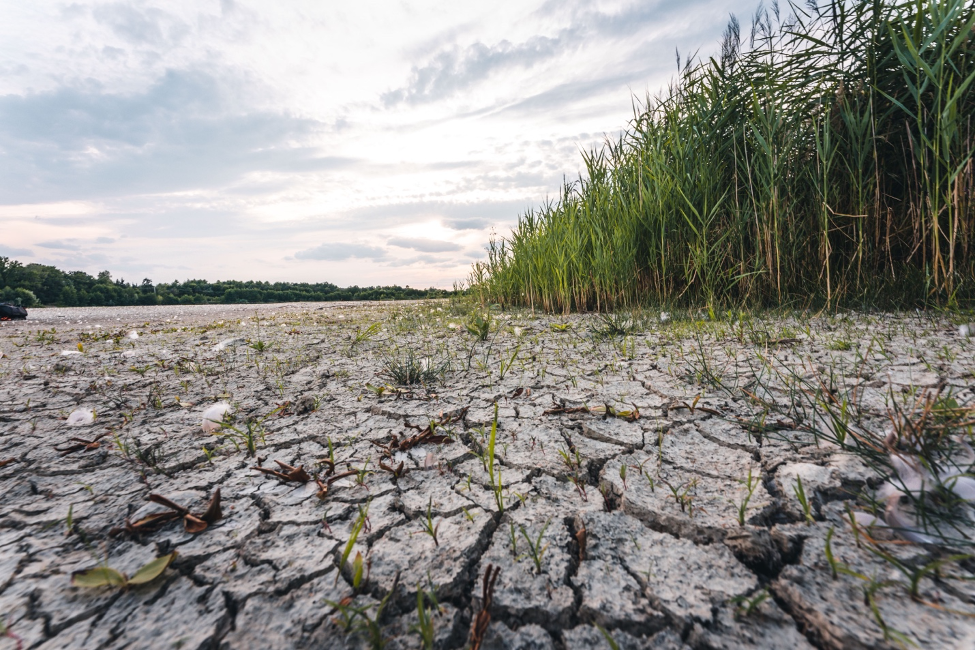
In today's rapidly changing world, the urgent need to address climate change in the agricultural sector is backed by compelling data and the availability of valuable resources. As global temperatures continue to rise at an alarming rate, the frequency and intensity of extreme weather events pose significant challenges to food production and security. It is crucial to recognize that the impact of climate change extends far beyond environmental concerns; it directly affects our ability to sustainably feed a growing population.
According to the Intergovernmental Panel on Climate Change (IPCC), agriculture is responsible for approximately 25% of greenhouse gas emissions globally. Moreover, the Food and Agriculture Organization (FAO) estimates that around 20-30% of crop yields may decline due to climate change by 2050, jeopardizing global food supplies. These statistics highlight the urgency to take decisive action and implement resilient strategies in agriculture.
To combat these challenges, building resilience within agricultural systems becomes paramount. Resilience refers to the capacity of agricultural systems to withstand and recover from shocks, such as droughts, floods, and unpredictable weather patterns, while maintaining productivity and supporting rural livelihoods. By adopting climate-smart agricultural practices, which combine sustainable farming techniques, innovative technologies, and community engagement, we can provide our farming communities with the tools and knowledge needed to adapt and thrive in a changing climate.
Understanding Climate-Smart Agriculture
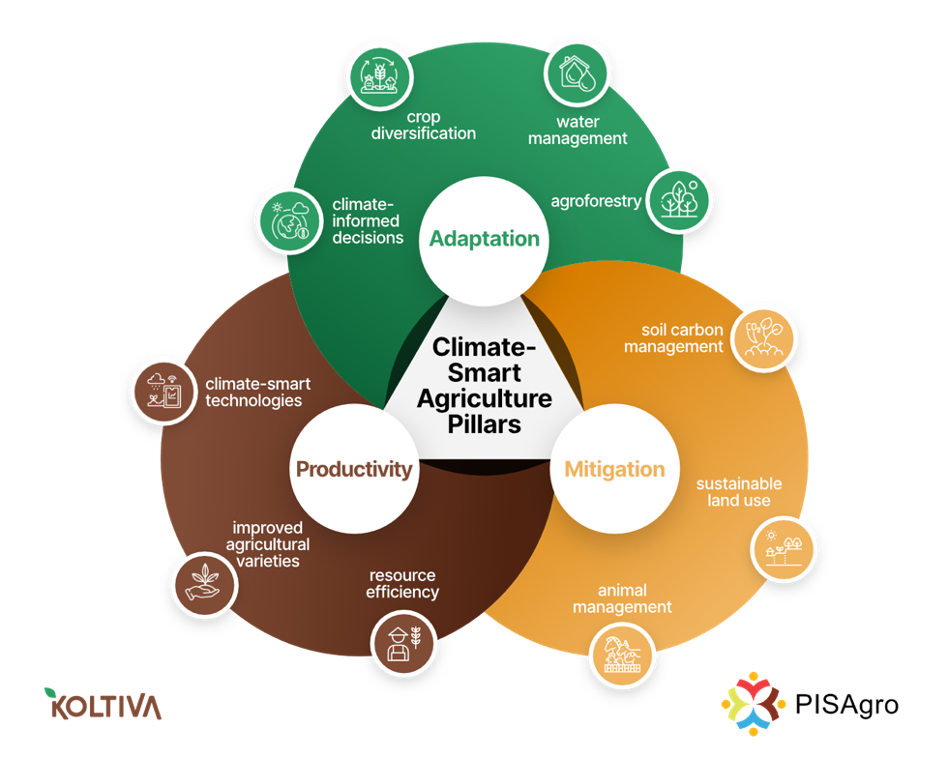
Climate-Smart Agriculture (CSA) is a farming and land management concept that strives to help agriculture in adapting to climate change, reduce greenhouse gas emissions, and increase agricultural productivity. Climate-Smart Agriculture is built on three pillars: adaptation, mitigation, and productivity.
1. Adaptation: This pillar is concerned with making agricultural practices and systems more adaptable to the effects of climate change. These strategies include crop diversification which help prevent crop failures, water management that emphasizes efficiency (rainwater collection, drip irrigation, and water conservation), climate-informed decisions using data and projections, and agroforestry.
2. Mitigation: The goal of this pillar is to reduce greenhouse gas emissions from agricultural activities. Agriculture, through activities such as deforestation, livestock methane, and the use of synthetic fertilizers, contributes significantly to world emissions. Mitigation measures for climate-smart agriculture include sustainable land use, soil carbon management, and animal management.
3. Productivity: This pillar strives to increase agricultural productivity in a sustainable manner while taking into account the effects of climate change. By increasing production, CSA improves food security for the world's growing population while lowering agriculture's environmental footprint. Among the key strategies are improved agricultural varieties, resource efficiency, and climate-smart technologies.
Climate-smart agriculture combines several strategies and practices to increase resistance to the effects of climate change:
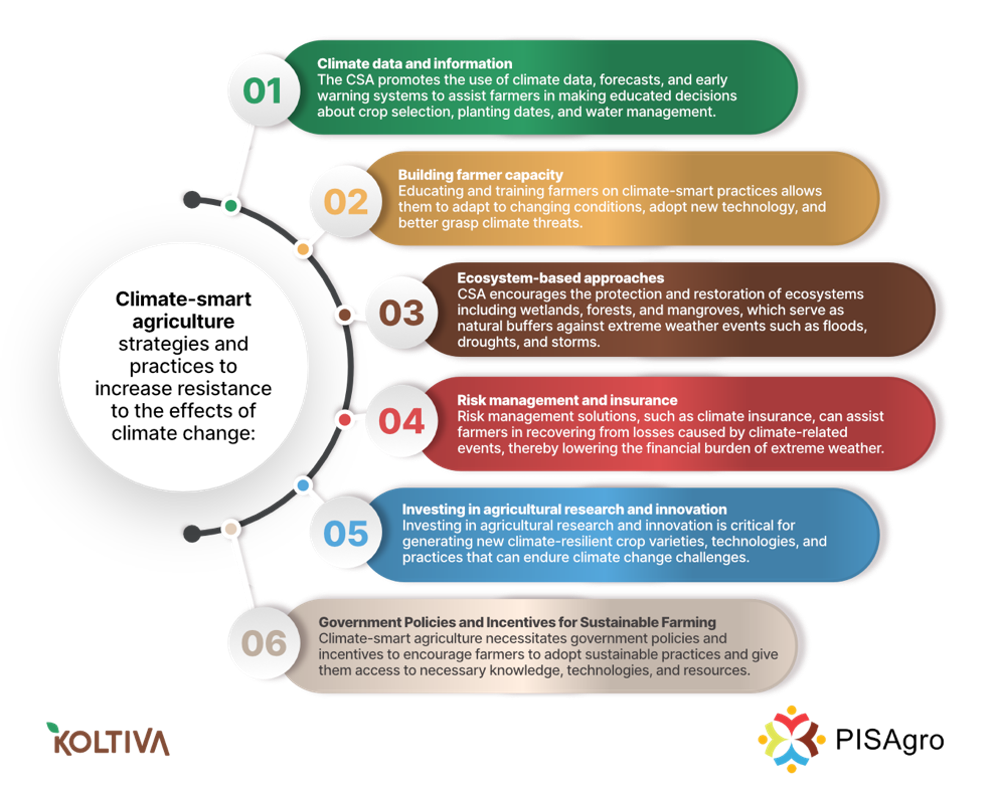
By integrating these climate change strategies, climate-smart agriculture helps build resilience, ensuring that agriculture can continue to thrive in the face of changing climatic conditions while minimizing its contribution to greenhouse gas emissions. It provides a pathway toward sustainable food production and a more resilient agricultural sector for future generations.
Adapting Agriculture to a Changing Climate
Climate change is a transboundary issue and impacts either directly or indirectly all aspects of our lives. The challenge in Agriculture is immense. As the world’s population continues to grow, the demand for food supply also increases, necessitating a corresponding increase in productivity. However, the prevailing conventional approach of maximizing crop production through intensive chemical use, land use changes, and large-scale monocropping systems has a negative impact on both biodiversity and climate.
Despite its short-term efficiency, intensive conventional agriculture is not sustainable. Excessive tillage and the absence of cover crops contribute to soil erosion. Excessive use of fertilizers and pesticides has led to soil degradation and contamination of water bodies. The reliance on synthetic inputs and monocultures disrupts natural ecosystems, reducing biodiversity and disrupting the delicate balance of ecological interactions leading to a decrease in crop yields and quality over time.
Intensive agriculture further fuels climate change due to the higher greenhouse gas (GHG) emissions. When discussing GHG emissions, it is important to consider the three main gases involved: carbon dioxide (CO2), nitrous oxide (N2O), and methane (CH4). In 2019, Agriculture, forestry & land use sector accounted for 18.4% of global greenhouse gas emissions. Food production and its associated supply chains are responsible for 26% of global greenhouse gas emissions. This includes livestock and fisheries, crop production, and land use (Our world in Data, 2019).
It is crucial to address the negative impacts of conventional agricultural practices and agrifood system mitigation and contribution to climate change. While the challenges are significant, there are also promising opportunities for sustainable agriculture to play a key role in combating the adverse changes. By adopting climate-smart and regenerative agricultural practices, farmers can optimize farming efficiency, enhance soil health, and reduce GHG (greenhouse gas) emissions.
Numerous research studies have highlighted the positive benefits of conservation agriculture as a climate mitigation strategy. As an example, the increase in biodiversity of farm’s flora and fauna, and benefits the soil by increasing nutrient availability (Henneron et al, 2015). To achieve climate smart agriculture through conservation, several key principles need to be implemented. These include minimizing soil disturbance by implementing minimum or zero tillage techniques, maintaining soil cover by planting cover crops, using crop residue as mulches, practicing crop rotation or diversification by planting a variety of crops, and maximizing nutrient cycling.

Another noteworthy practice and innovation within climate smart agriculture are the agroforestry systems. Agroforestry is a collective name for land-use systems and practices in which woody perennials are deliberately integrated with crops and/or animals on the same land-management unit (ICRAF). The agricultural practices are designed to maximize the positive interaction between trees crops, and animals with the aim of increasing land productivity while promoting sustainability. According to Nair et al. (2021) agroforestry exhibits high biomass production and has significant potential for carbon sequestration on a global scale. Through the strategic integration of trees within agricultural landscapes agroforestry enhances carbon storage and contributes to a net emission reduction.
Trees play a vital role in capturing and storing carbon in the biomass of their bodies. The above-ground biomass (AGB) represents a significant carbon stock. Tree roots represent the below-ground biomass (BGB) which increases soil organic carbon content by depositing leaf litter and other organic matter. Consequently, this enriches the carbon stock in the area. In his book, Nair et al. (2010) stated that estimated carbon stored in Agroforestry systems ranges from 0.29 – 15.21 tC/ha, or approximately 1.5 – 54.7 tCO2e/ha. These findings emphasize the importance of embracing sustainable agricultural practices to address climate change and promote a more resilient and carbon-neutral future.
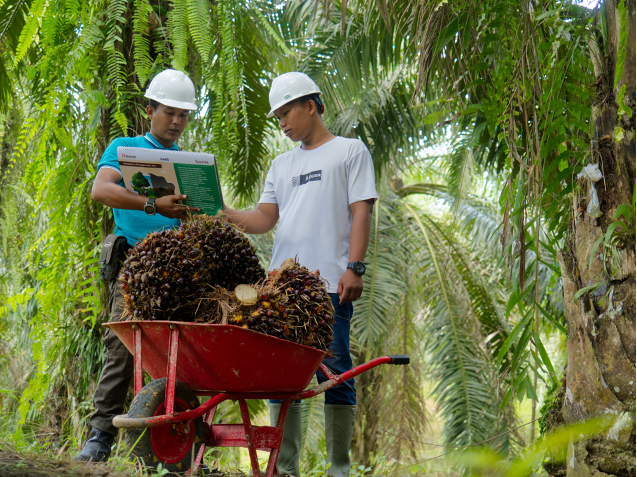
Technology plays a crucial role in advancing all forms and practices of climate-smart agriculture. Precision agriculture techniques, such as remote sensing, GPS, and data analytics, enable farmers to make informed decisions about resource management, optimize inputs, and reduce environmental impact. Furthermore, digital tools and mobile applications provide valuable information on weather patterns, pest and disease management, and crop monitoring, assisting farmers in adapting to climate change and improving productivity.
Building Resilient Agricultural Systems
Climate-Smart Agriculture (CSA) is a comprehensive approach that offers sustainable solutions to address agricultural challenges. To successfully implement CSA, three key aspects play a pivotal role: knowledge exchange, capacity building, and stakeholder engagement.
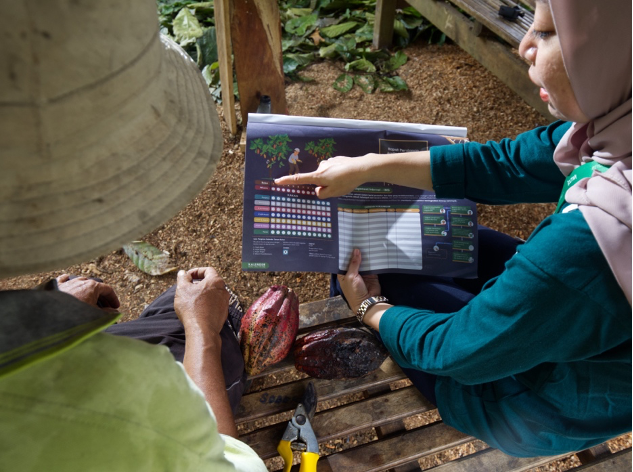
Seamlessly exchanging knowledge and building capacity stand as crucial elements for implementing CSA. By disseminating data, farmers can gain valuable insights into climate risks and effective adaptation strategies, empowering them to safeguard their crops and livelihoods. Furthermore, sharing best practices and adopting location-specific approaches create a synergy of agricultural resilience, where lessons are learned from one another. As we equip farmers with the necessary skills for effective implementation, CSA adoption flourishes across diverse regions.
Stakeholder engagement is equally vital. This means involving various stakeholders such as farmers, researchers, policymakers, NGOs, and the commercial sector in the decision-making process. By doing so, we can develop robust methods for addressing a wide range of challenges related to agriculture and food security. Additionally, leveraging local knowledge, including traditional agricultural practices, further enhances the effectiveness of these approaches and ensures culturally suitable solutions are implemented. Moreover, active stakeholder engagement plays a crucial role in mobilizing financial and technical support, which, in turn, makes the adoption of Climate-Smart Agriculture (CSA) more scalable and impactful.
In CSA implementation, policy and governance are crucial factors that significantly influence its success. Governments play a vital role in creating supportive environments for CSA adoption by implementing policies that offer attractive incentives, subsidies, and insurance schemes. By incorporating CSA into their national agendas, governments not only secure funding and resources but also promote a unified and comprehensive approach to bolster climate resilience. Additionally, reinforcing research and extension services serves as a vital link between scientific knowledge and on-the-ground implementation, thereby facilitating the widespread dissemination of climate-smart practices and technologies to farmers.
Climate-Smart Agriculture has enormous promise for increasing resilience, lowering climate risks, and ensuring long-term food production. To realise its full potential, we must prioritise knowledge sharing, involving different stakeholders, and supporting policies and governance. We can effectively implement CSA and assure a sustainable future for agriculture in the face of climate change by collaborating with all key partners.
In conclusion, climate change adaptation in agriculture presents an immense and urgent challenge that demands immediate and united action. Embracing climate-smart agriculture provides us with a clear path towards building sustainable and resilient agricultural systems. Through harnessing cutting-edge technology and embracing innovative practices, we have the power to effectively mitigate the devastating impact of climate change and significantly reduce greenhouse gas (GHG) emissions.
The indisputable weight of data-driven evidence and alarming statistics leaves no room for complacency. Climate-Smart Agriculture (CSA) emerges as an all-encompassing and powerful solution, addressing adaptation, mitigation, and productivity head-on. By wholeheartedly embracing sustainable farming practices, involving all stakeholders, and enacting supportive policies, we can fortify agricultural systems to withstand challenges, ensuring a sustainable and food-secure future for generations to come. The adoption of CSA is not merely a choice; it is a pivotal step towards combating climate change's ruthless consequences and fostering a robust and environmentally conscious agricultural sector.
In steadfast partnership with PISAgro, Koltiva is fully committed to leading crucial efforts. Together, we embrace the challenge, crafting a sustainable legacy for our planet and its inhabitants. With determination, innovation, and collaboration, we address climate change and agriculture, driving positive change for a brighter future.
Source:
R&D - Managing_Agricultural_Greenhouse_Gas_Emissions_in_Latin_America.pdf - All Documents (sharepoint.com)
Emissions by sector - Our World in Data
Climate-smart agriculture case studies 2021 (fao.org)
Fourteen years of evidence for positive effects of conservation agriculture and organic farming on soil life | SpringerLink
Agroforestry for Ecosystem Services: An Introduction | SpringerLink
Carbon Sequestration in Agroforestry Systems - ScienceDirect
https://www.worldagroforestry.org/publication/definition-agroforestry-revisited
https://www.fao.org/climate-smart-agriculture/overview/en/
https://www.fao.org/3/w5183e/w5183e0b.htm
This article is a collaboration between Koltiva and PISAgro, promoting sustainable agriculture and resilient farming practices. Together, we address the urgent need to combat climate change in the agricultural sector, emphasizing the importance of resilience and climate-smart agriculture. By combining our knowledge and experience, we highlight practical applications and real-world impacts, mitigating climate change's effects, ensuring sustainable growth, food security, and improved livelihoods for farming communities.
Contributor :
Boby Hermawan Arifin – Head of Digital Marketing Koltiva
Kristyna Vydrova – Head of Research & Development
Safira Nurul Izzah – Climate Junior Officer Koltiva
Hendri Surya Widcaksana – Communication Manager PISAgro